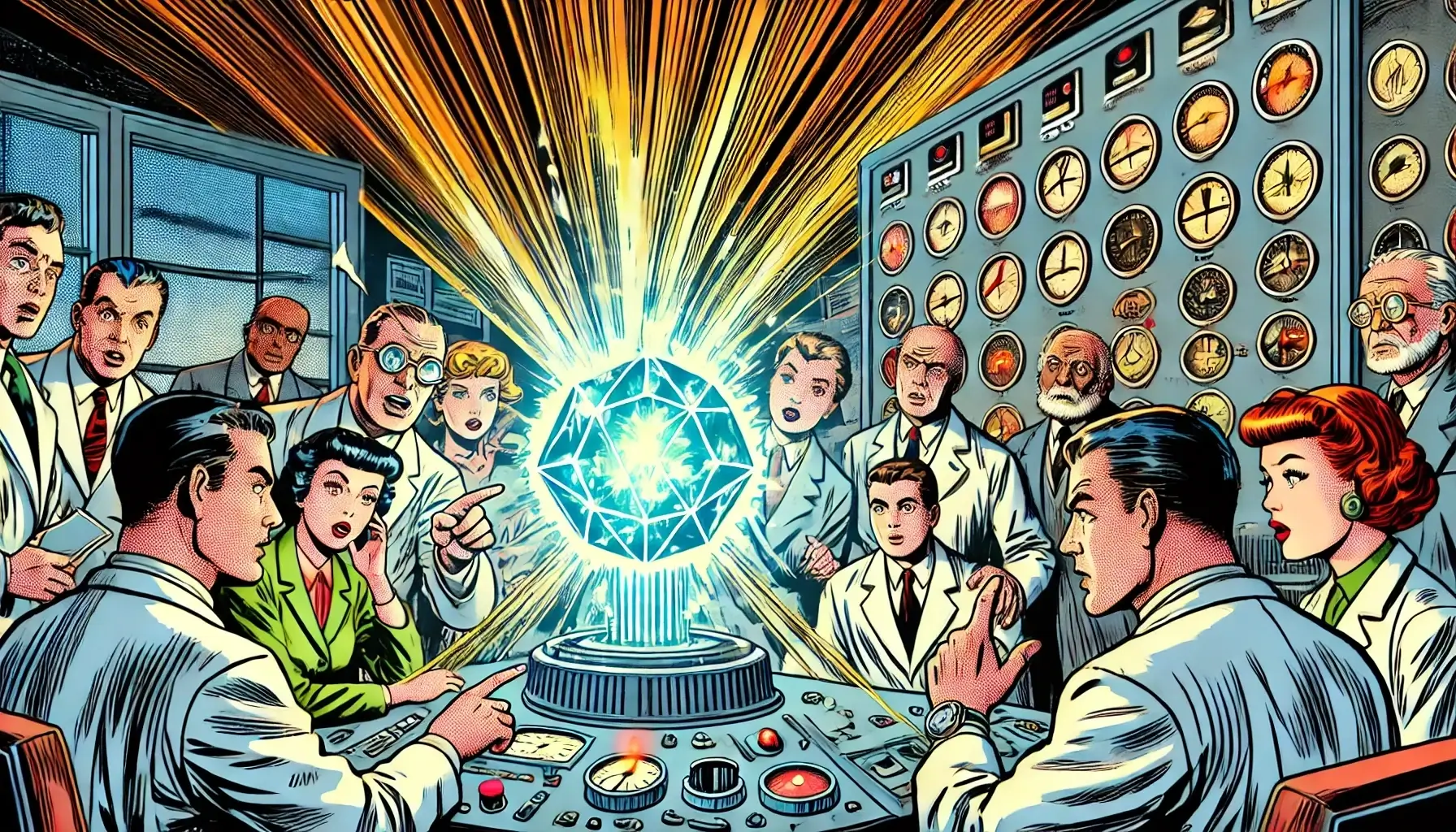Microsoft – Old Matter – In a New State

This week, Microsoft announced Majorana 1, a new quantum processor that supposedly operates using a “new state of matter”—a phrase that, on its surface, sounds like an earth-shattering discovery. If you only read the headlines, you might think Microsoft has rewritten physics itself.
But let’s be clear: this is not a new state of matter. It’s a known state of matter behaving in a new way.
This distinction matters because, while Microsoft’s breakthrough in topological superconductivity is significant, their marketing plays into a common tech industry trend—dressing up engineering advancements as paradigm-shifting scientific discoveries.
What’s Really Happening?
What Microsoft has done is use electrification and quantum effects to enable a solid material to exhibit a more fluid, dynamic range of behavior at the quantum level. This allows the stability of topological superconductivity to support quantum computation in a way that could be more resilient to noise and errors than previous methods.
However, the fundamental logic of the system remains binary—qubits still collapse to either 0 or 1 upon measurement, meaning that no matter how exotic the underlying material science gets, we’re still working within an inherently limited computing paradigm.
If this were true revolutionary physics, we’d be talking about:
- A fundamentally new phase of matter, like time crystals or room-temperature Bose-Einstein condensates.
- Ternary or continuous-variable quantum logic that goes beyond binary computing’s limitations.
But that’s not what this is. It’s still an “on/off” system, just with better hardware.
What’s the Real Difference, Here?
If people accept Microsoft’s framing without question, it misleads the public into thinking we’ve crossed a fundamental threshold when, in reality, we’ve only made an incremental advance in hardware stability.
The real challenge in quantum computing isn’t just making qubits more stable—it’s moving beyond the binary paradigm entirely. Until that happens, quantum computers will remain fundamentally constrained, no matter how sophisticated the materials they’re built on become.
Celebrating the Achievement – Without the Lies
None of this is to diminish the scientific importance of demonstrating topological superconductivity in a controllable system. This is a major breakthrough for material science, and if Microsoft’s Majorana qubits truly enable more scalable, error-resistant quantum computing, that’s worth celebrating.
But let’s not pretend this is a rewriting of the laws of matter itself. It’s a more stable approach to an already-known quantum system, still operating within the constraints of binary logic.
So, is this an achievement? Yes.
Is this a “new state of matter”? Absolutely not.
Let’s celebrate the science, not the marketing spin.
